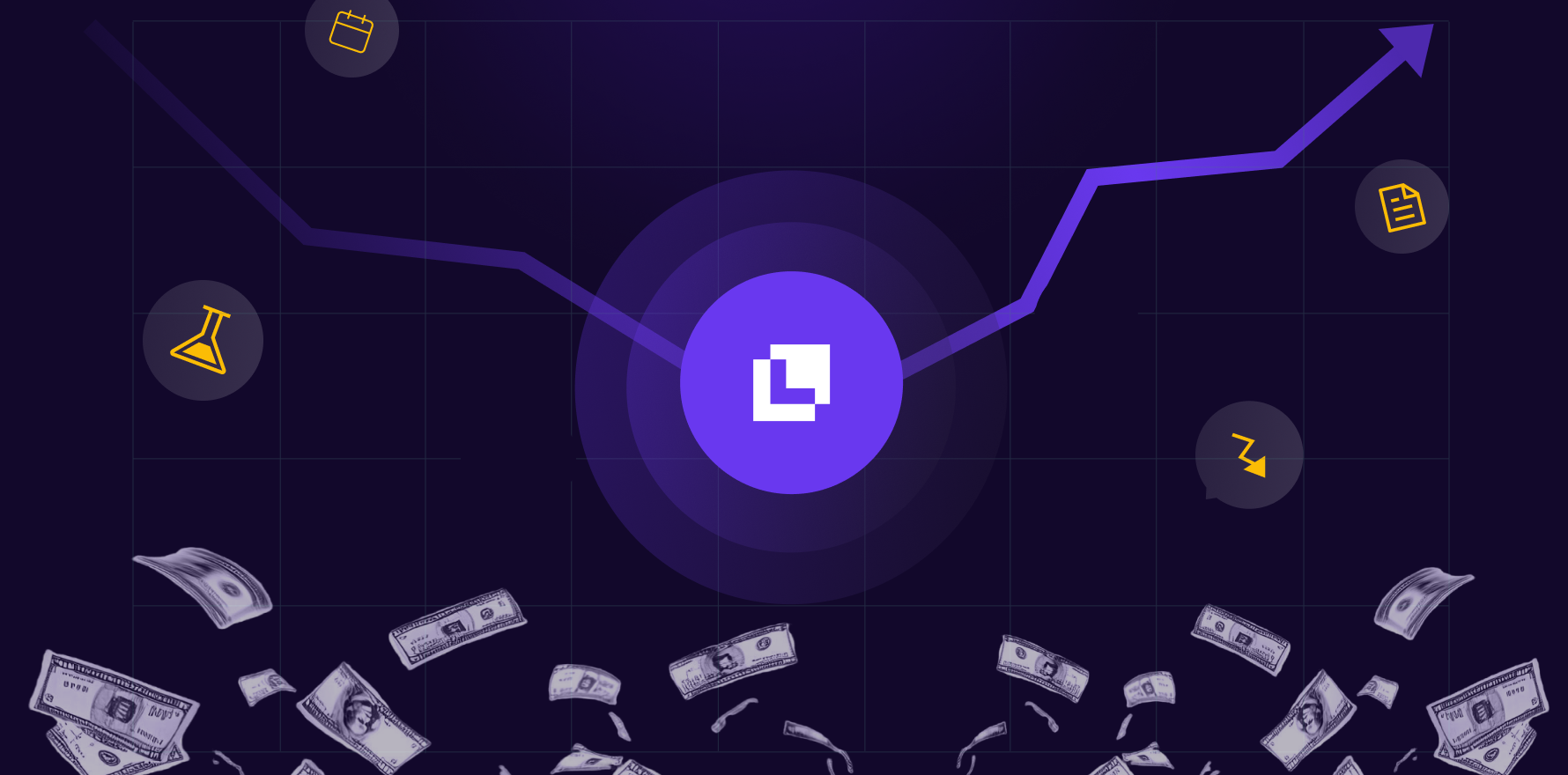What is Causal Impact Analysis?
One of the most significant challenges in eCommerce, and business generally, is determining the direct causality of a certain action or intervention on outcomes – opt-ins, sales, customer retention, etc. This is where Causal Impact Analysis comes in.
Formula
Example
For instance, an eCommerce business may want to find out the impact of a new website design on overall sales. Here, the “intervention” is the website redesign, and the outcome is the sales. By using Causal Impact Analysis, the business can establish if the observed changes in sales after the redesign are significantly different from the predicted sales without the changes.
Why is Causal Impact Analysis important?
Causal Impact Analysis offers the ability to make strategic, data-driven decisions. By accurately estimating the effects of changes, eCommerce businesses can determine what strategies work and which do not, therefore reducing the chances of investing money and time into ineffective methods. It can also be used to estimate future impacts, which aids strategic planning.
Which factors impact Causal Impact Analysis?
Improving Causal Impact Analysis revolves around refining data collection and modeling practices. This involves ensuring that impactful variables are appropriately considered and checking for measurement errors. Also, since the accuracy of the model depends on the amount and quality of data, ensuring a comprehensive, clean dataset is crucial.
How can Causal Impact Analysis be improved?
Several factors can impact the efficacy of Causal Impact Analysis – availability of data, variable selection and manipulation, presence of ‘noise’ in the data or anomalies, how well the model is specified and the complex interplay between these factors can all influence the outcome.
What is Causal Impact Analysis’s relationship with other metrics?
Causal Impact Analysis is intertwined with other eCommerce metrics. These include conversion rates, customer acquisition costs, cart abandonment rates and average order value, etc. By correlating these metrics with interventions, businesses can identify what impacts customer behavior and consequently, outcomes such as revenue and profit.
Free essential resources for success
Discover more from Lifesight
















